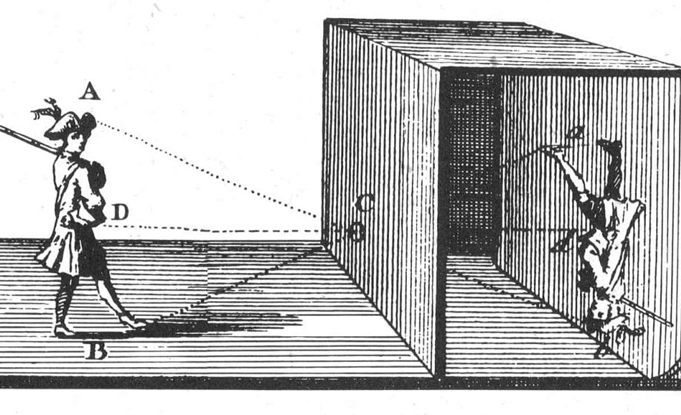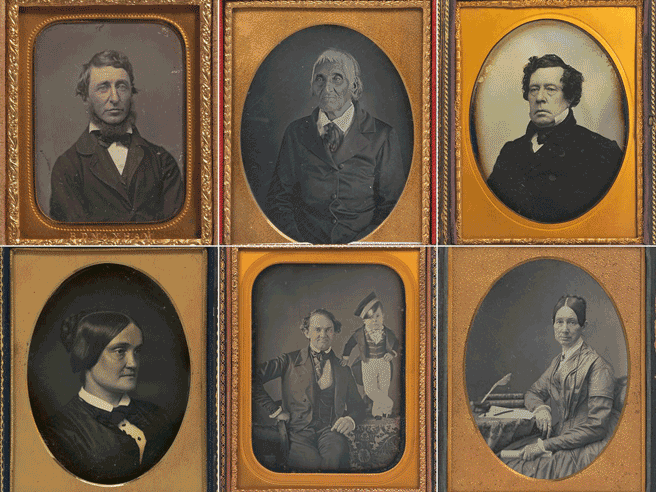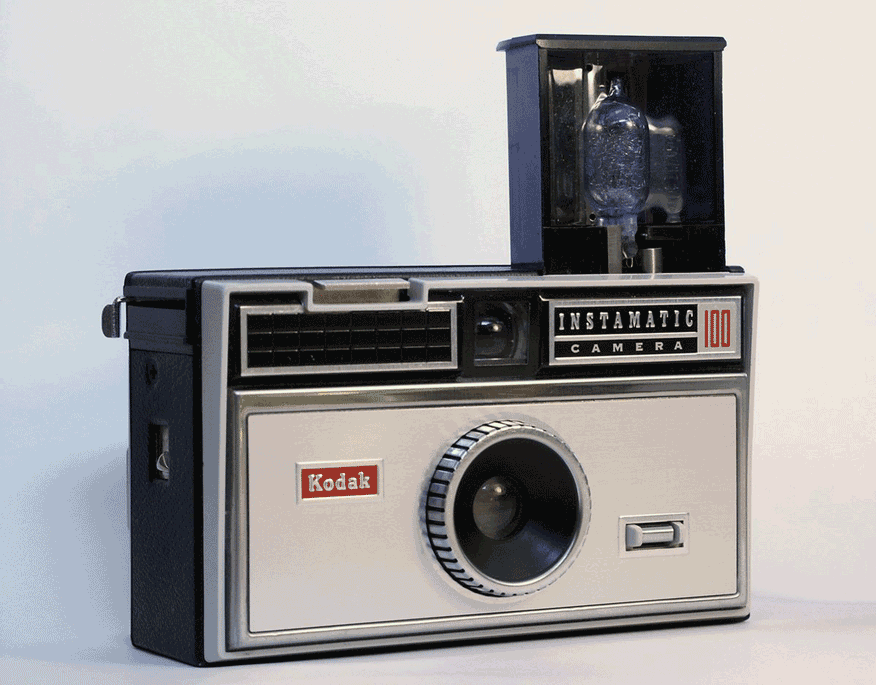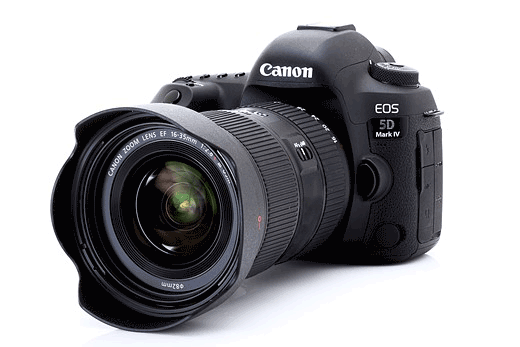With the available technology these days, it can be difficult to imagine that cameras looked any different from what they do today. High-quality cameras now fit into pockets, and it’s easy to take snapshots of anything. However, photography has only become this accessible or permanent in the last few decades.
The history of photography doesn’t start with a physical image or a camera, but a dark room and a pinprick of a hole. The Camera Obscura, or “dark chamber,” was first theorized in approximately 390 BCE, though it wasn’t until the 9th century that it was truly experimented with. A camera obscura allows sunlight to pass through a tiny hole in one wall, causing it to project an upside-down image of the outside world on the opposite wall. This device essentially became a crude version of a projector. It remained the technological maximum for centuries, and in the 1600s, an inventor miniaturized the camera obscura to be portable. In 1685, author Johann Zahn was fascinated by the camera obscura and posited that it could eventually capture permanent images.

It wasn’t until the early 1800’s that what would be recognized as the camera today was invented by Nicéphore Niépce. He used small plates coated in chemicals and experimented with various techniques to capture an image. The first supposed photograph was captured in 1826, though it is little more than a blurry image of rooftops. Niépce’s former partner, Louis Daguerre, elaborated on this breakthrough and created a process called the Daguerreotype. These early photographs were very time-intensive and expensive. A copper plate covered in silver would be exposed to light to capture the subject, revealing a relatively low-contrast image—the practice became widespread among wealthy class families at the time for their family portraits.

The mid-1800s saw considerable interest in the photographic process, with many new techniques coming to light. Similar to Daguerreotypes, but far less expensive and easier to achieve, cyanotypes and Van Dyke brown prints became a popular new method. These alternative processes require a photographic medium, like paper, to be saturated with a chemical compound. Once exposed to light (through a plate negative), an image is developed. Ferrotypes, sometimes called tintypes, were also a popular method of portrait taking and yielded much faster results. Around this time, gelatin plates’ discovery allowed for more instantaneous photography and helped further shrink the camera’s size. This development was then refined by George Eastman in the late 1800s, introducing the film and subsequently the Kodak camera. Due to the lower cost and smaller size, the product was commercialized, and photography became a little more accessible to the general public.

After the turn of the 20th century and the steady rise of industrialization, the evolution of photography and camera equipment evolution took off. These smaller cameras became instrumental in capturing world events like World War II and personal events like a family portrait. Film cameras, though they changed and varied in size, shape and function, the process itself stayed relatively unchanged. Of course, products were refined to ensure better quality photographs, but the next big leap didn’t hit the market until 1948. Before then, the film would need to be processed in a dark room, where prints would then be painstakingly developed. This delay remained until Polaroid released their “instant” camera, the first of its kind capable of developing an image almost immediately after taking it. These cameras didn’t become popular until the 1960s when colour photography methods were first created and introduced.

It would be yet another decade until the first digital camera would be invented. Eastman Kodak, a historically prominent figure in the photography industry, lays claim to the invention. Early prototypes from the big tech boom in the 1970s worked, but the large box and circuit boards were hardly portable. Only in the late 1980s did digital cameras become commercially available.
Over the last three decades, photography technology has seen another jolt of ingenuity and growth. Digital SLR cameras, point and shoot cameras, and smaller digital devices have made it possible for everyday people to carry around photography equipment for daily use. This surge has made world events, breaking news, and rare occurrences much easier to document, allowing the global community to expand our knowledge of the world. People born after the mid-2000s would be shocked to know that a camera wasn’t always at their fingertips.

It’s hard to imagine a world without photography. So much of modern life revolves around the medium now, from hard hitting journalism to the Instagram feed of friends and celebrities. With the rate that technology continues to improve, it’s hard to know what the future of photography looks like. Scientists can already capture images that are otherwise undetectable to the visible spectrum, so there’s no telling what the next frontier in this field will be. One thing is for certain though, it will continue to help us stay educated, inspired, and connected.
